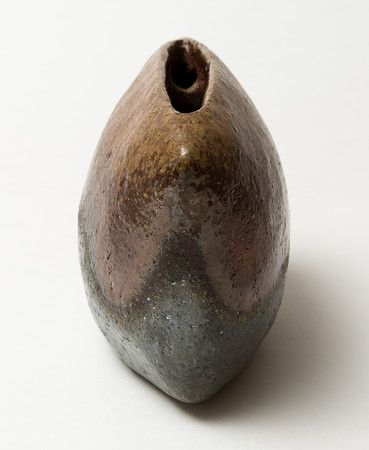Applying glaze too thickly can cause the glaze to run off the pot weld lids to pots and pots to kiln shelves and can result in blistering.
Wet ceramic glaze crumbling and falling off.
But i re apply and re glaze fire up to 6 10 times pots may become more brittle eventually but you can really abuse them if the glaze fit is ok to start with.
It also gives a tougher surface.
Start by pulling off loose tiles by hand.
Mold will not grow on ceramics and insects will not attack them.
You ll probably have soggy chunks of drywall fall out too.
As another note certain elements including those made with celedon tend to make it crack so much more often so if you use recipes with celedon i suggest refraining from using them unless you want.
Work carefully to keep from scratching or breaking the tiles you remove.
Ceramic glaze is an impervious layer or coating of a vitreous substance which has been fused to a ceramic body through firing.
Finding replacements that match perfectly often is.
A slip is usually more like a thin layer of clay and has a matte appearance and is a different color than the clay body.
Poor application of the raw glaze to the bisqueware can lead to various glaze defects.
Applying glaze too thinly can result in rough glazes and can affect the glaze s color.
Lorraine bates woodsetton art pottery uk to gill fry i m new to ceramic arts so let me off if i m not doing the forum technology thing correctly.
Glaze can serve to color decorate or waterproof an item.
If the pottery glaze is meant for a certain clay body don t mix this pinging pots can usually be fixed with this and it s quite cool.
In very wet conditions however mold or lichens may grow on ceramic surfaces.
When you get to a tile that s firmly adhered pry it off with a putty knife wide chisel or flat pry bar photo 1.





























